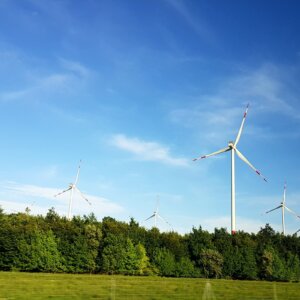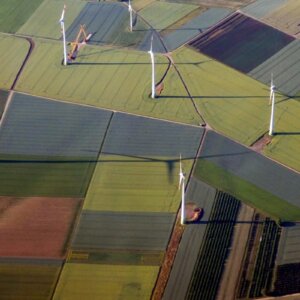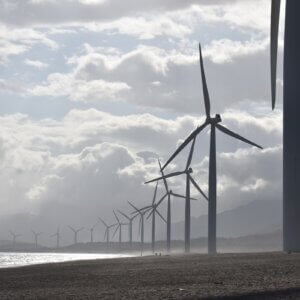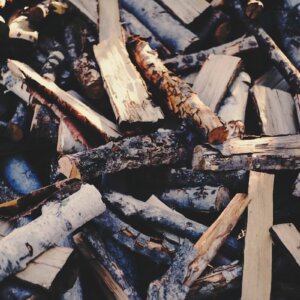In China, wind power is leaving nuclear behind. Electricity output from China’s wind farms exceeded that from its nuclear plants for the first time in 2012, by a narrow margin. Then in 2013, wind pulled away—outdoing nuclear by 22 percent. The 135 terawatt-hours of Chinese wind-generated electricity in 2013 would be nearly enough to power
U.S. Nuclear Power in Decline
Nuclear power generation in the United States is falling. After increasing rapidly since the 1970s, electricity generation at U.S. nuclear plants began to grow more slowly in the early 2000s. It then plateaued between 2007 and 2010—before falling more than 4 percent over the last two years. Projections for 2013 show a further 1 percent drop. With reactors retiring early and proposed projects being abandoned, U.S. nuclear power’s days are numbered.
The Great Transition, Part I: From Fossil Fuels to Renewable Energy
The great energy transition from fossil fuels to renewable sources of energy is under way. As fossil fuel prices rise, as oil insecurity deepens, and as concerns about pollution and climate instability cast a shadow over the future of coal, a new world energy economy is emerging. The old energy economy, fueled by oil, coal, and natural gas, is being replaced with an economy powered by wind, solar, and geothermal energy.
Offshore Wind Energy Development Picking Up Pace
Wind power is the world’s leading source of renewable electricity, excluding hydropower, with 238,000 megawatts of capacity installed at the start of 2012. Thus far, almost all of this wind power has been tapped on land; worldwide just 4,600 megawatts of offshore wind farms were operating as of mid-2012. Offshore wind capacity is growing quickly, however, expanding nearly six-fold since 2006. Twelve countries now have wind turbines spinning offshore, and more will be joining them to take advantage of the powerful winds blowing over the oceans.
Why World Food Prices May Keep Climbing
In February, world food prices reached the highest level on record. Soaring food prices are already a source of spreading hunger and political unrest, and it appears likely that they will climb further in the months ahead. As a result of an extraordinarily tight grain situation, this year’s harvest will be one of the most
Topsoil: Civilization & Foundation Eroding
By Lester R. Brown The thin layer of topsoil that covers the planet’s land surface is the foundation of civilization. This soil, typically 6 inches or so deep, was formed over long stretches of geological time as new soil formation exceeded the natural rate of erosion. But sometime within the last century, as human and
Melting Ice Could Lead to Massive Waves of Climate Refugees
As the earth warms, the melting of the earth’s two massive ice sheets—Antarctica and Greenland—could raise sea level enormously. If the Greenland ice sheet were to melt, it would raise sea level 7 meters (23 feet). Melting of the West Antarctic Ice Sheet would raise sea level 5 meters (16 feet). But even just partial melting of these ice sheets will have a dramatic effect on sea level rise.















































